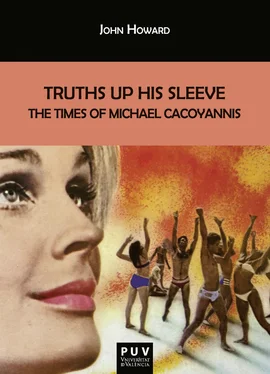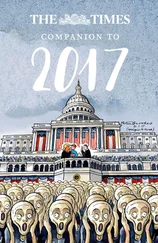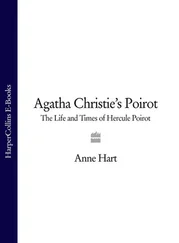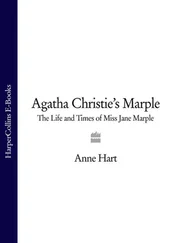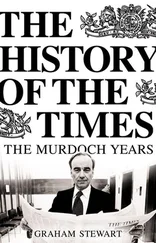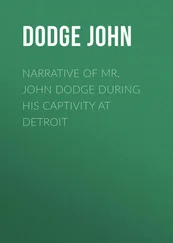Written before the war, Caligula is a fascinating tragedy about power, corruption, freedom, and inequality. Determining that “this world of ours … is quite intolerable”—that “men die; and they are not happy”—the Roman emperor embarks upon a radical agenda of “real revolution”: “the Great Change.” After all, “What use is the amazing power that’s mine[,] if I can’t reduce the sum of suffering[?]” So he ends religious persecution, abolishes inheritance, redistributes wealth, stops war, and nationalizes sex work. With the support of consort Caesonia, played by Fijian-born Mary Morris, Caligula kills rich men of “capital,” but in far fewer numbers than even “the smallest war”: “because I respect human life.” As an enemy concedes—and as Camus jokes—“He forces one to think…. That, of course, is why he is so much hated.” Though French critics had “greeted the play very cordially,” London reviewers reviled Camus’ rendering of this historical figure, writing off Caligula as mad, thus unworthy of attention. Camus in fact demonstrates how the Caesar goes mad over the course of three years in power, after which he “close[s] the public granaries”: “Famine begins tomorrow.” In London, the greatest proof of Caligula’s mental illness was his cross-dressing. In the spectacular opening of Act III, a curtain is parted with great fanfare on Michael’s Caligula atop a pedestal cross-dressed as Venus. More than emperor (or goddess) worship, Caligula encourages “almsgiving” among his followers, then daubs more and more red polish on his toenails. In Act IV, choreographed by David Paltenghi of Sadler’s Wells, Caligula dances in tutus to what the stage directions call “queer music,” joined in this production by Ethiopian ballerinas, sisters Desta and Menen de Wollo. 26
To be sure, London’s notoriously conservative theatre critics hated Camus, his play, the ballet interludes, the avant-garde, and almost all things French. They penned sweeping dismissals of existential philosophy, hoary rages against perverse absurdism, and racist defenses of “Anglo-Saxon” decency. They hated Cacoyannis too. Though a couple of critics thought his interpretation of Caligula “nobly tackled” with “much honest effort and striking power,” a couple more equivocated, while the majority lashed out. According to the Sunday Dispatch , Michael merely “pull[ed] faces.” The Telegraph declared that Michael “lacked the strength and virtuosity” for the role. The scolding turned formulaic, as if the critics had compared notes. As an actor, Michael possessed “neither the necessary range nor physical presence” ( Spectator ); “neither the necessary authority nor the grandeur” ( Reynolds News ); “neither the stature nor the vocal power” ( Times ). Backhanded compliments were even worse. The Evening News’ Stephen Williams judged Michael’s performance as “peevish petulant” Caligula “excellent,” “though some regretted his small stature.” Williams further belittled Michael’s Caligula, twice, as a “little fellow” and “little creature.” Oxford graduate Philip Hope-Wallace questioned Michael’s “command of English.” The Standard ruled it “an impressive performance, falling just short”—ouch—“of the dramatic skill to convince [or] interest.” Worst of all, The Sunday Times’ Harold Hobson was venomous. “Shriek[ing] for fresh experiences, Caligula yearned, I yawned, the more fortunate among us went to sleep, and a few brave souls left the theatre.” In time, Hobson was knighted. Camus won the Nobel Prize in Literature. 27
Michael was humiliated, wounded, and devastated. In his lowest moments, he must have feared that his father was right: a safe salaried legal career was the reasonable attainable option. But that was all too stiflingly respectable, sexist, and homophobic for Michael. To his credit, he got back up on the horse and in 1950 gave an “admirable” supporting performance in George Ralli’s The Purple Fig-Tree . No doubt, he was happy to leave London for try-outs in Cardiff and Brighton, before returning with the production to the Piccadilly Theatre. In January 1952, Michael accepted another supporting role at Theatre Royal Windsor in Dorothy and Campbell Christie’s His Excellency , at the same moment Ealing Studios released a film version with a different cast. In the end, disillusioned with British theatre, Michael began to think more and more about filmmaking. 28
Though typecast in roles as an Italian, Greek, or ancient Egyptian, usually uncredited, Michael relished his work as a film extra, since it exposed him to the inner workings of London area studios and the off-set gossip of European and North American stars. Over four years, he worked on at least four films by four major directors: Gabriel Pascal’s epic Caesar and Cleopatra (1945), starring Claude Rains, Vivien Leigh, and Stewart Granger; Peter Ustinov’s comic Vice Versa (1948), with Roger Livesey and a young Petula Clark; John Paddy Carstairs’ crime thriller Sleeping Car to Trieste (1948), with Jean Kent, Albert Lieven, and Paul Dupuis; and David MacDonald’s sly historical drama The Bad Lord Byron (1949), with Dennis Price, Mai Zetterling, and Joan Greenwood. All were shot in Buckinghamshire, west of London—the first three at Alexander Korda’s Denham Studios, the last at the Rank Organization’s nearby Pinewood Studios, the two eventually merging as D&P. Based on his experiences there, Michael began to ponder less expensive studio methods, as well as sites for low-cost outdoor location shooting. 29
Loyal to BBC colleagues as they were to him, Michael accepted roles in broadcast television that combined the liveness of theatre with many of the production techniques of film. After a seven-year wartime hiatus, U.K. television broadcasting had resumed in 1946. In 1949, Michael appeared in Kenneth Horne’s stage and television adaptations of Aldo De Benedetti’s Two Dozen Red Roses . Starting in the smaller cities—Bournemouth, Leeds, Liverpool, York—then transferring to London’s Lyric Shaftesbury Avenue, Roses is a clever drawing-room comedy of errors for five actors. Michael played what one critic called “the little Greek florist”—ooh—“the lively and amusing Popopolos, [who] sets the whole complicated machinery of the play in motion,” as he delivers bouquet after bouquet of roses, their notes yielding mistaken identities and shifty flirtations. Popular up and down the country, the play was broadcast live on BBC TV Monday evening 15 August 1949, from the Intimate Theatre, Palmers Green, North London. Michael paid close attention to production decisions, as technicians removed the first row of seats, placed three cameras, connected a monitor, hung microphones over both stage and stalls for audience reaction, installed additional lighting in the dress circle and backstage, and arranged parking for “the scanner,” the outside broadcast van. BBC crew further liaised with theatre staff to adjust make-up as well as costuming for CPS Emitron cameras. BBC host MacDonald Hobley guided viewers from beginning, through two intervals, to completion, apparently without a hitch. And so, without the second, third, or more takes of filmmaking, Michael discovered a whole new level of exhilaration and anxiety, which he managed well. 30
In 1952, Michael was selected to appear as Charles Constance in the first two of six episodes of crime thriller The Broken Horseshoe . The cast rehearsed in halls all over London, before an afternoon’s camera rehearsal and live performance at Studio A, Alexandra Palace, North London. Alas, as happens in murder mysteries, Michael played “Charles Constance (corpse)” in episode two, with no further appearances. The series attracted a large TV audience. As Controller Cecil McGivern declared, “The Broken Horseshoe is an obvious success and we must commission another serial from the [same] team straightaway.” 31
Читать дальше
